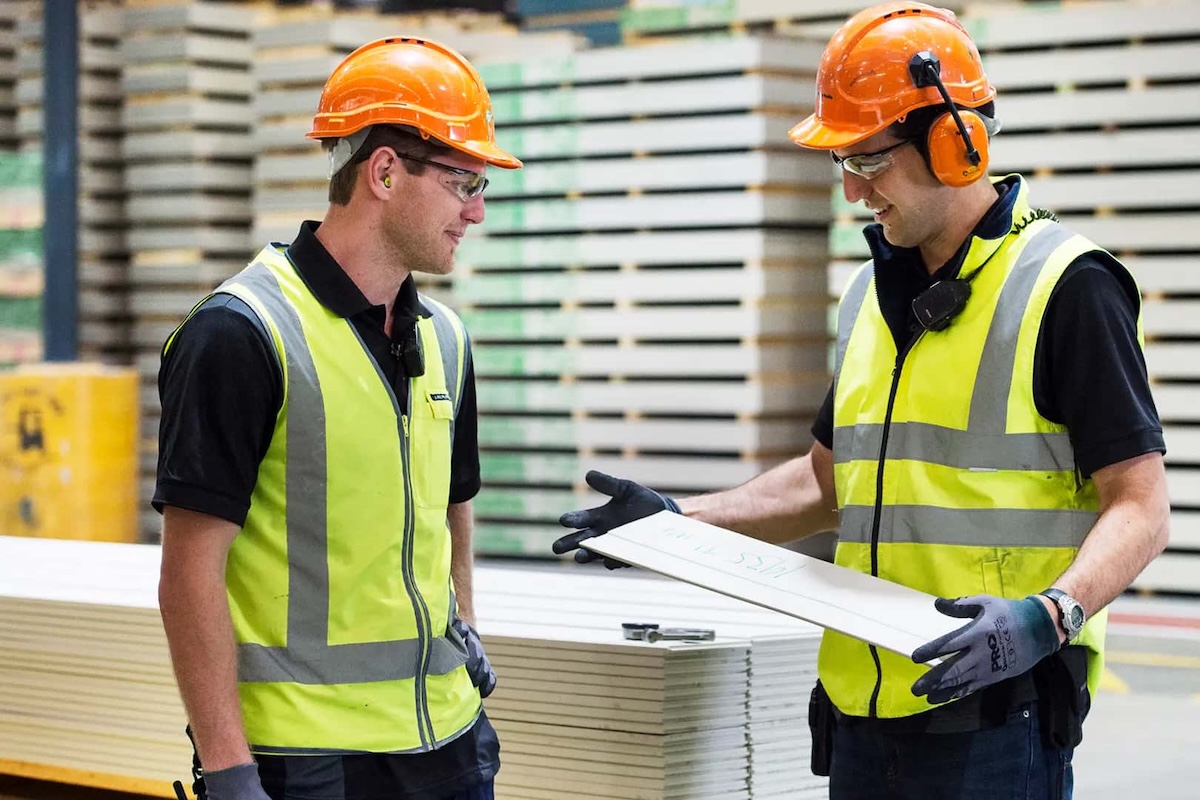

If you’re a follower of markets (or at least this website) you’ll know construction giant James Hardie has had a tough year. Its shareholders are likely to be even angrier today, though, after the company recorded a one-day crash so seismic in nature it could have been picked up by geologists.
Shares opened at a hair over $44 on the market on Wednesday, and by the end of the session, following JHX’s quarterly results presentation, the sell-off was well and truly underway. The stock closed more than 25 per cent lower at $32, wiping billions off the company’s market cap.
I’m no an economist but I can’t see it gaining ground today either, though I’ve seen stranger reversals from this chair than I ever thought possible.
So why the panic? The numbers told the story:
Even the company’s preferred adjusted earnings, which strip out one-offs like acquisition costs, slid 28% to 29 US cents per share.
The North America fiber cement business, the company's crown jewel, saw sales down 12% as homebuilders in Texas, Florida and Georgia slowed new starts, spooked by affordability issues and high inventories. Operating income there dropped 29% to US$161 million . Asia-Pacific wasn’t much better, with net sales off 10% (hit by the exit from the Philippines) and Europe, while technically growing, is slogging through weak German demand.
James Hardie’s problems started months ago with its $US5-plus billion acquisition of US decking supplier Azek — a deal pushed through without giving shareholders a vote. Investors were already miffed, and the price took an early wobble.
The timing could not have been worse. The US housing cycle has gone soft, and the tariffs rolling out of Washington have further rattled confidence. Spring should have been peak season for new builds and siding orders; instead, Hardie’s customers were de-stocking and cutting orders to the bone.
The Q1 miss was the nail in the coffin. Analysts had expected much healthier earnings, but Hardie delivered a double-digit miss across the board. Cue the nosedive sound effect.
Management insists the Azek acquisition “exceeded guidance” and is on track to deliver synergies. But the cost of that deal is showing up already: acquisition and financing expenses alone blew out at US$76 million for the quarter , pushing interest costs up from under $2 million last year to nearly $38 million this quarter. Net debt has ballooned above $5 billion with the deal now closed.
Investors aren’t buying the “just short-term turbulence” line. The fear is that Hardie will be forced back to market, cap in hand, for a capital raising to repair its balance sheet.
Analysts overnight have started cutting targets. Several still keep the company on an “outperform” or “buy” footing on the hope that the housing cycle normalises, but price targets have been slashed. One broker flagged a new floor at $25, down from $34, suggesting the market hasn’t finished punishing Hardie yet.